Fat Food
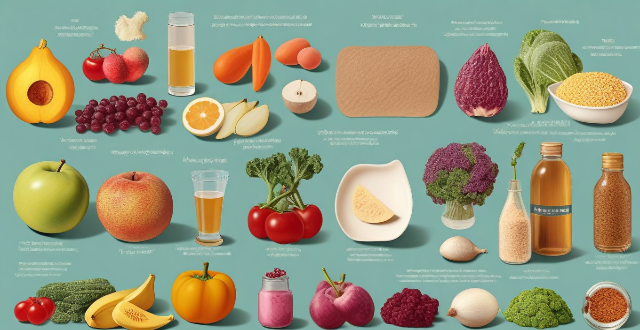
What are the potential risks associated with a high-fat diet ?
A high-fat diet, particularly one rich in saturated and trans fats, can pose several health risks. These include an increased risk of cardiovascular disease, obesity and weight gain, type 2 diabetes, liver disease, cancer, and digestive issues. It is essential to maintain a balanced diet that includes healthy fats while limiting the intake of saturated and trans fats found in processed foods and fried foods.

What is the most effective workout routine for losing belly fat ?
The most effective workout routine for losing belly fat depends on individual factors such as age, fitness level, and overall health. Popular routines include HIIT (high-intensity interval training), strength training, and cardiovascular exercises. Tips for making these routines more effective include starting with a warm-up period, choosing enjoyable exercises that can be done for at least 30 seconds each, resting for 1-2 minutes between each burst of exercise or set of exercises, completing 3-4 sets of each exercise, and including at least one day of rest per week to allow muscles to recover.

How do I read food labels to ensure I'm making healthy choices ?
To make healthy food choices, understanding food labels is key. Start by checking the serving size and calories per serving. Examine the nutrients listed, including macronutrients, sugar content, and fiber. Look for essential vitamins and minerals. The ingredient list tells you what the product contains, so avoid unnecessary additives. Pay attention to the % Daily Value, focusing on key nutrients like sodium and fat. Check for certifications and understand marketing claims. If you have allergies, check the allergen list and look for warning labels. Finally, check the expiration date. By reading food labels carefully, you can make healthier choices that align with your dietary needs and preferences.
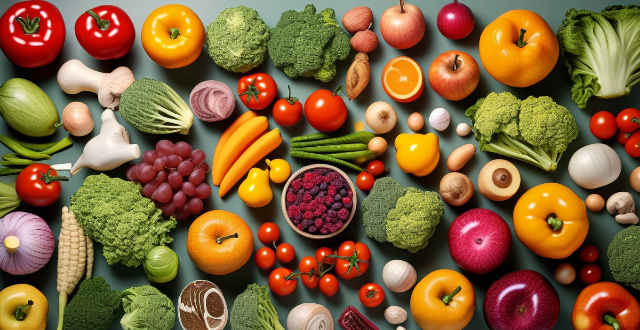
What are the key principles of food hygiene and safety ?
Food hygiene and safety are crucial in preventing foodborne illnesses and ensuring the well-being of consumers. Key principles include personal hygiene such as washing hands thoroughly, covering cuts and sores, avoiding contaminating surfaces, and wearing appropriate clothing; food handling including keeping food at safe temperatures, cooking food thoroughly, using separate utensils, and avoiding reusing cooking oil; sanitation such as cleaning equipment regularly, sanitizing surfaces, and controlling pests; and storage such as storing food properly, refrigerating leftovers promptly, and labeling and dating products. By following these principles, you can help protect yourself and others from foodborne illnesses and enjoy safe, healthy meals.

What are the best foods to eat before a workout
The best foods to eat before a workout are those that provide sustained energy and help you feel full without being too heavy. Some options include whole-grain toast with almond butter and banana slices, Greek yogurt with berries and nuts, quinoa bowl with veggies and chicken, oatmeal with fruit and nuts, and protein bar or shake. It's important to avoid foods that are high in fat or fiber before exercising, as they can cause discomfort or slow down digestion. Staying hydrated by drinking plenty of water before, during, and after your workout is also crucial.
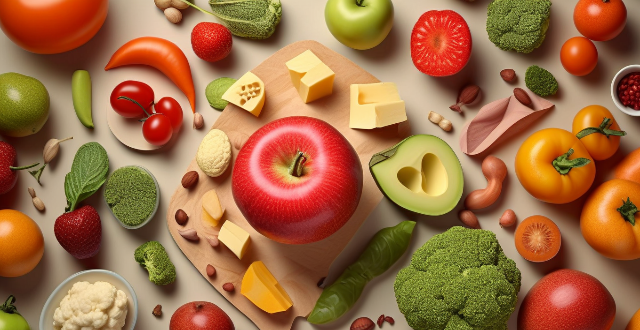
How important is composition in food photography ?
Composition is essential in food photography for creating visually appealing images. Techniques such as focusing on the subject, using negative space, incorporating leading lines, following the rule of thirds, and experimenting with color and contrast can enhance the visual appeal of food photographs.
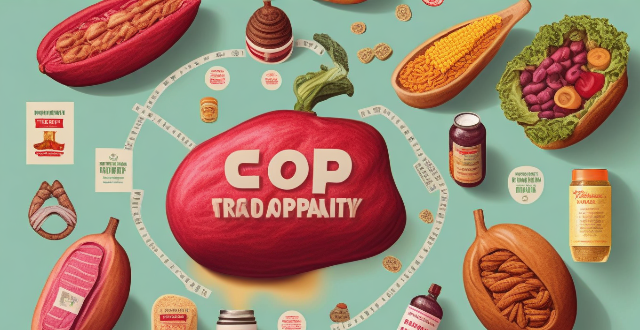
What is the significance of traceability in the food supply chain for food safety ?
Traceability in the food supply chain is crucial for food safety, enhancing transparency, facilitating recalls, improving quality control, supporting regulatory compliance, enabling better risk management, and promoting sustainable practices.

How are food safety regulations enforced by governments ?
Governments around the world enforce food safety regulations through various methods, including legislation and policy development, inspection and compliance checks, licensing and certification, education and training, penalties and enforcement actions, public communication, and international cooperation. These efforts aim to protect consumers from harmful substances and contaminants in food products while promoting fair trade practices among producers and retailers.

What are the key principles of food safety ?
The text outlines the key principles of food safety, which include cleanliness, avoiding cross-contamination, thorough cooking, proper storage, and using safe water and ingredients. By following these guidelines, individuals can reduce the risk of foodborne illnesses and ensure that their meals are safe for consumption.
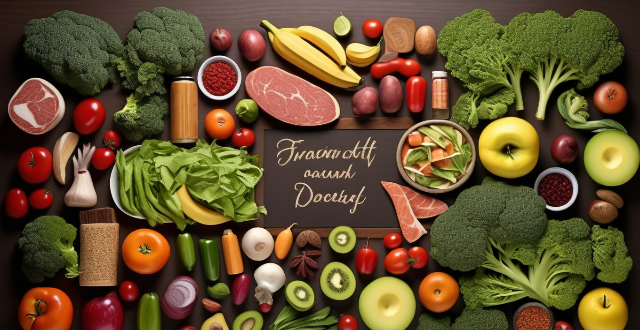
How can I make sure my child is getting a healthy, balanced diet ?
Ensuring a healthy, balanced diet for your child involves offering a variety of foods, limiting junk food and sugary beverages, planning meals, practicing portion control, and being a role model.
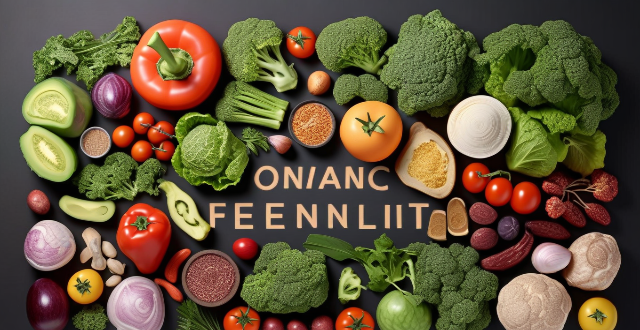
Can eating organic food prevent diseases ?
Eating organic food may offer some potential benefits for disease prevention, such as reduced exposure to pesticides and chemicals, higher antioxidant levels, and better nutrient content. However, the overall evidence supporting its ability to prevent diseases is limited, and other factors influencing disease risk should also be considered when making dietary choices. It is important to prioritize a balanced and varied diet rich in fruits, vegetables, whole grains, lean proteins, and healthy fats while minimizing intake of processed foods and sugary beverages.
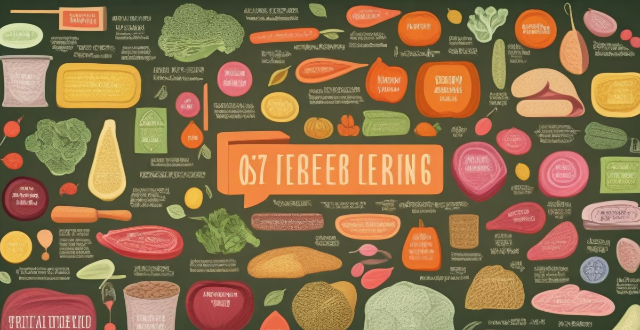
How does food labeling contribute to food safety ?
Food labeling is crucial for food safety as it provides consumers with essential information. It includes ingredient lists, nutritional information, expiration dates, manufacturing details, storage instructions, certification marks, allergy warnings, country of origin, precautionary statements, and environmental impact information. Proper labeling practices help identify ingredients, understand nutritional values, recognize potential risks, and make informed decisions about food consumption.
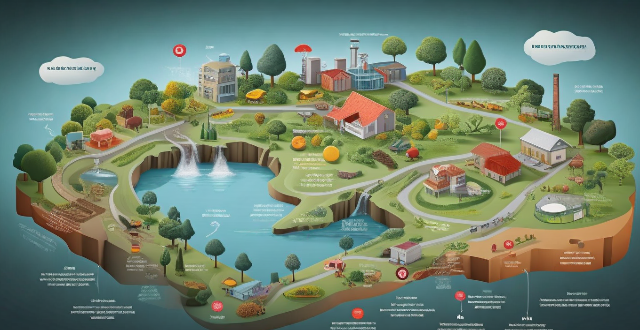
How does climate change affect agriculture and food security ?
Climate change significantly affects agriculture and food security by increasing extreme weather events, altering crop yields and quality, impacting livestock, and raising concerns about food access, affordability, and biodiversity loss. Adaptation and mitigation strategies such as sustainable farming practices, water management, genetic research, and policy initiatives are essential to build a resilient food system.
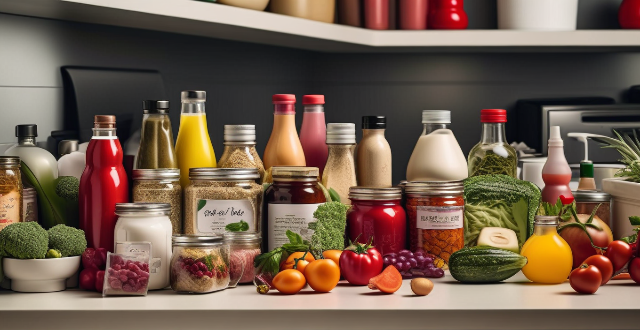
How can I reduce food waste in my kitchen ?
To reduce food waste in your kitchen, you can plan meals ahead of shopping, shop smart by making a list and buying fresh produce, store foods properly using airtight containers, understand expiration dates, preserve food through techniques like freezing and dehydrating, get creative with leftovers, practice portion control, and educate yourself on the environmental impact of food waste.

How do street food vendors keep their food safe and hygienic ?
Street food vendors play a crucial role in providing affordable and delicious meals to millions of people worldwide. However, ensuring that their food is safe and hygienic can be challenging due to various factors such as limited space, lack of proper equipment, and unpredictable weather conditions. In this article, we will discuss some effective ways street food vendors can maintain the safety and cleanliness of their food.